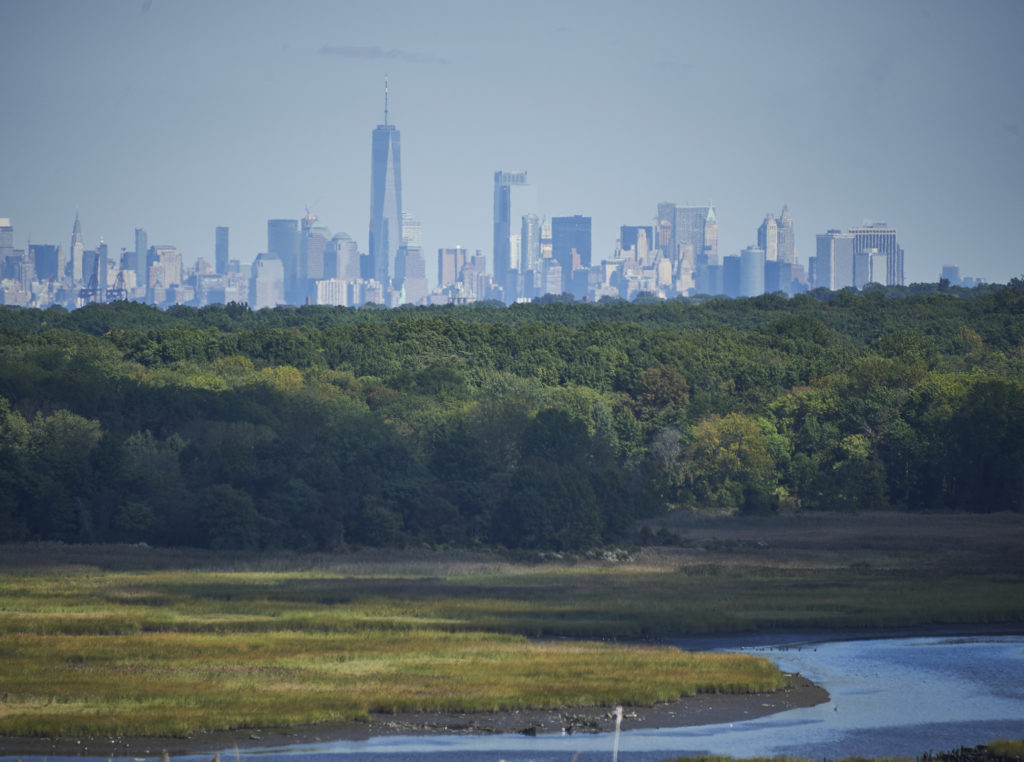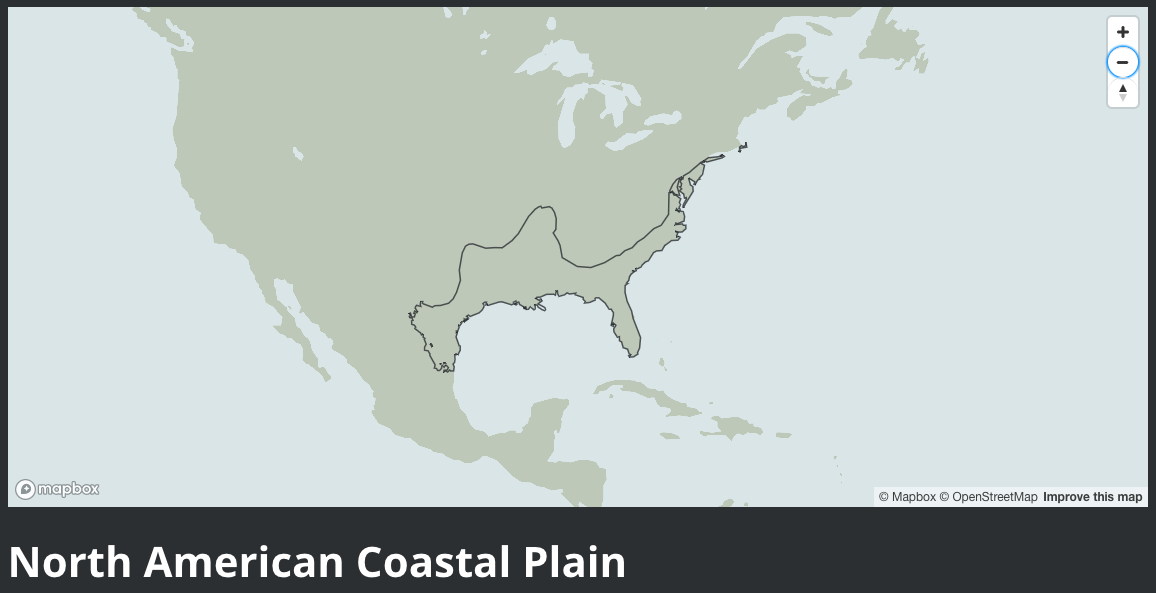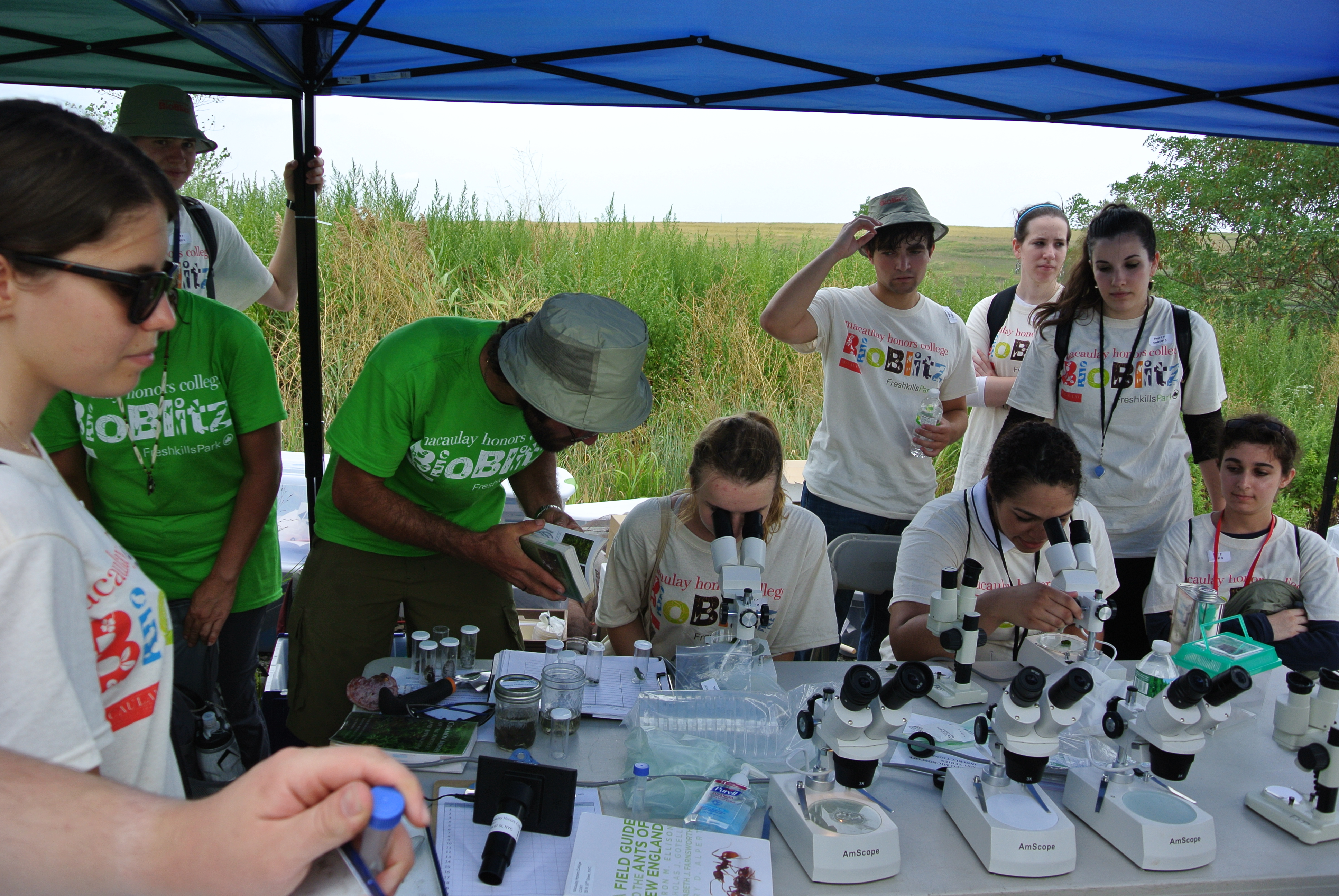Biodiversity in the City
When you think about the most biodiverse places in the world, where do you think about? Maybe the Amazon rainforest or Madagascar? Many are surprised to find out that New York City lies within one of the world’s 36 biodiversity hotspots (the North American Coastal Plain), as defined by the Critical Ecosystem Partnership Fund, a global program focused on providing funding for projects aimed at protecting these areas of extreme biodiversity.

Photo by Michael McWeeney.
The idea of biodiversity “hotspots” was first written about by Norman Myers, a British environmentalist, in the journal The Environmentalist in 1988 and 1990. To qualify as a biodiversity hotspot, a region must contain at least 0.5%, or 1,500 species, of vascular plants as endemics (meaning unique to that region), and has to have lost at least 70% of its primary vegetation. This means that a biodiversity hotspot is a region with a high amount of diversity and with a high amount of threat to its species. There are 36 regions around the world that meet these criteria.
The North American Coastal Plain extends from northern Mexico to southern Massachusetts, and is the most recently designated biodiversity hotspot, having been classified as such in 2016. As stated by the Critical Ecosystem Partnership Fund’s page about the region, “this region has long been misunderstood, which is why it was not classified as a biodiversity hotspot until 2016. Despite the 1,816 endemic plant species and the 1.13 million square kilometers of area, the hotspot has a low level of geographic variety and an unusually low level of elevation change when compared to the other hotspots, leading the scientific community to assume it would be less biodiverse.” The region is host to a diversity of not only plant species, but animals as well, with more than 270 bird species native to the region, 306 mammal species (114 of which are endemic), 293 reptile species (113 of which are endemic), 122 species of amphibians (57 of which are endemic), and 424 species of freshwater fishes (138 of which are endemic). The biodiversity threats to the region include fire suppression, deforestation, climate change, and pesticides.

Critical Ecosystem Partnership Fund
It is easy for us to think that biodiversity is something that exists in other areas of the world but not our own, particularly when we are unaccustomed to thinking about our urban regions as biologically diverse. Not many people realize that there are over 7,000 species of plants and animals within New York City. Here at Freshkills Park, we are particularly interested in the biodiversity of the region, and how the Park plays a role in supporting some species. In 2015, we partnered with CUNY Macaulay Honors College for their annual BioBlitz event with their sophomores.

BioBlitz
The students teamed up with scientists to form “taxon teams” tasked with surveying for a particular group of species. Over a 24-hr period, the teams surveyed the 233-acres of North Park and documented 315 species, including 141 plants, 29 spiders, 76 invertebrates, 11 lichens, 10 fishes, 68 birds, 3 herptiles, and 6 mammals. Not bad for just 24 hours of looking! Even places like reclaimed former landfills can be host to hundreds of species, and some of those can be rare, such as the grasshopper sparrow which nests at Freshkills Park in higher numbers than anywhere else in the region.

Grasshopper sparrow singing at Freshkills Park.
During this time period of shut downs and the New York State PAUSE order, people have been getting out into nature in their neighborhoods on walks and taking notice of all of the plants and wildlife right outside their door. If you’ve been surprised at all of the NYC nature that you’ve started to notice more acutely, consider some ways that you can experience and advocate for NYC nature even after this time period is over. Some good places to start are donating to your local parks conservancy, taking a trip with NYC Audubon, signing the declaration of rights to New York City nature at NYC Nature Goals 2050, and of course taking a tour of Freshkills Park once we resume on-site public programming.




